15+ Sample Dance Proposals
-
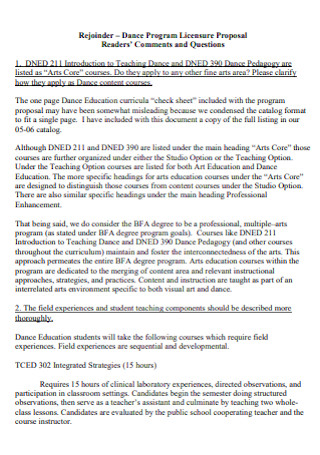
Cute Dance Program Licensure Proposal
download now -
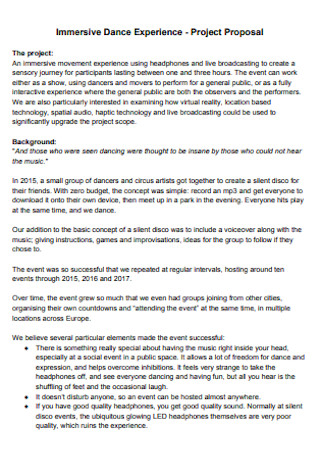
8th Grade Dance Experience Proposal
download now -

Basketball Dance Grant Proposal
download now -
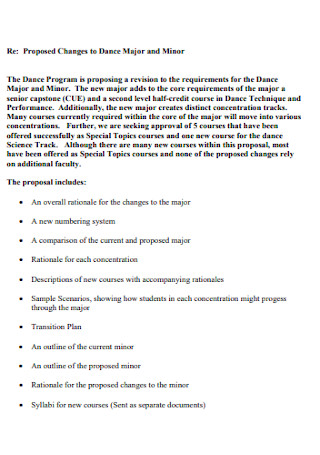
Sweetheart Proposal for Major Dance
download now -
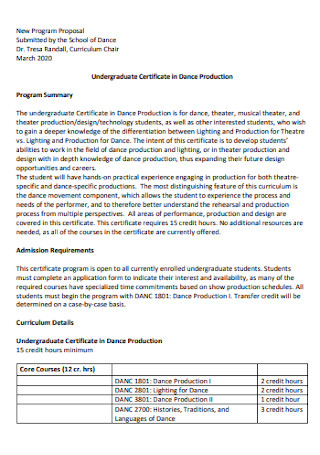
New Dance Candy Program Proposal
download now -
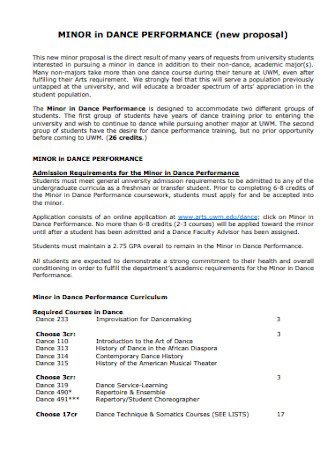
Dance Snowball Performace Proposal
download now -
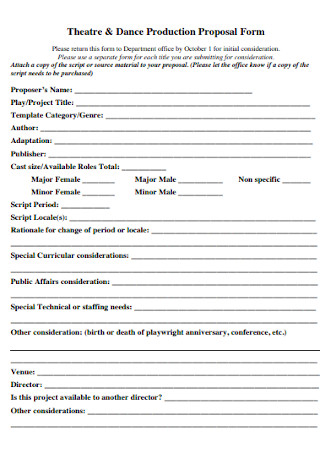
Food Dance Production Proposal Form
download now -
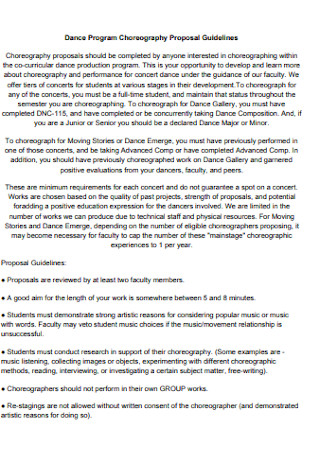
Softball Dance Program Choreography Proposal
download now -
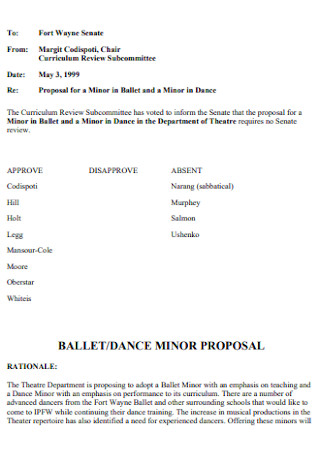
Fishing Dance Minor Proposal
download now -
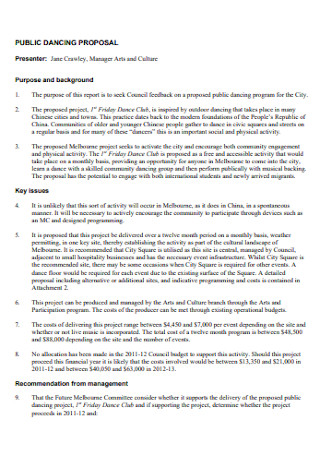
Public Creative Dance Proposal
download now -
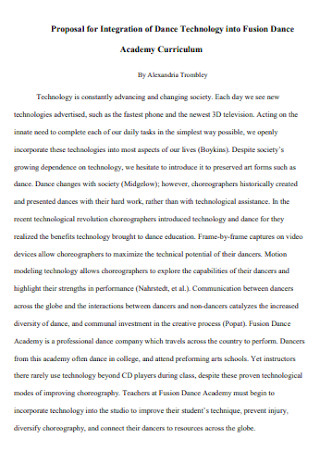
Proposal for Track Integration of Dance
download now -
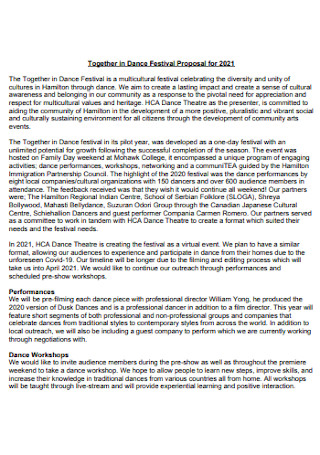
Dance Festival Prom Proposal
download now -
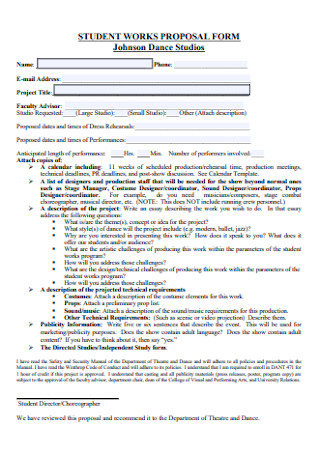
Student High School Musical Dance Proposal
download now -
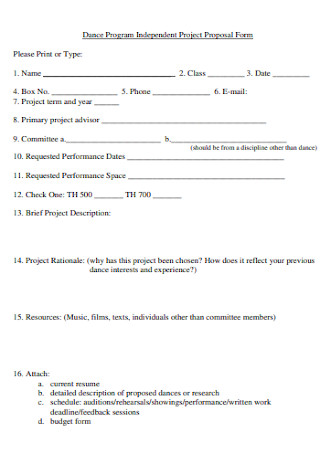
Volleyball Dance Program Proposal Form
download now -
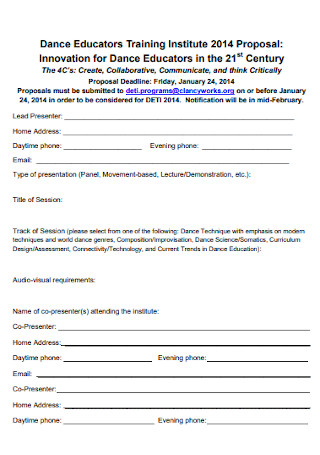
Dance Band Training Proposal
download now -
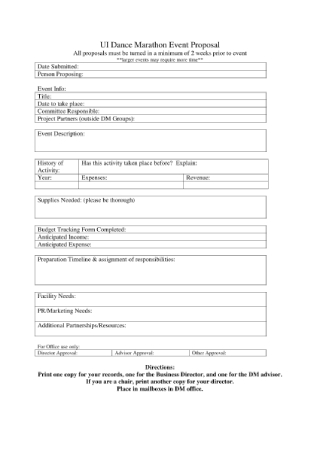
Spring Dance Event Proposal
download now
What is a Dance Proposal?
Britannica defines dance as the rhythmic movement of the body in a specific place, generally to music, with the smart goal of expressing a concept or feeling, releasing energy, or simply enjoying the movement itself.
A dance proposal is a document that explains a proposed dance-related project, including its goal, outcomes, and the procedures necessary to execute it. It functions similarly to other kinds of proposals, people who write them have goals in mind and see the document as the best way to communicate their intentions. Students, organizations, and other groups who have formed a dance assembly use it to relay information that concerns them.
How to Write a Dance Proposal
If you are still confused about what a dance proposal should contain, take a deep breath and let go of that worry. This article serves as a guide for you in making your own dance performance proposal. Keep on reading as we go about each step, think of it as a Project Checklist to ensure that you have everything ready before diving in deep in presenting the project. If you require references, dance project proposal examples are readily available for you through the various templates above. Without further ado, let us begin:
Step 1: State Objectives
Just like a Project Proposal, you would need to outline and state your objectives of you creating a dance production proposal. People would need to know the purpose and main reason as to why you are writing one in the first place. In being able to define your objectives, you are specifying the necessary requirements in addressing them.
Step 2: Add a Summary
For the next step, you would need to add a summary or explanation for your proposal. You are able to expound more on the background of your organization, school group, or unaffiliated team as to why you have decided to create a dance proposal.
Step 3: Describe your Strategy or Approach
As mentioned earlier, in reference to your objectives, you would need to answer as to how you will be addressing certain points through this part. Explain what specifications or means of choreography you are willing to take to achieve and succeed in your proposal. You may present a Project Schedule to get a better idea as to the plotting of your dance proposal.
Step 4: Present the Budget
If you’re wondering why you would need to plan your budget for this document, then the short answer is that finance may be crucial in setting up your dance proposal. From the materials required for props to make a great costume and make-up, it has to be tabulated ahead in order to give a better idea of the budgeting means. See our templates for Budget Proposal to get a better look at how it is calculated.
Step 5: Make a Timetable
In connection to a project schedule, you would also need to do some Time Tracking in order to stay ahead of schedule and not overlook a detail for a specific day or time. This also helps your fellow associates or even interested parties in the plan you are proposing.
The Different Types of Dance
Dancing is a medium that is often associated with expression, and with different people having their own unique manner of expression, so would the evolvement of dance to have different types. Bedinghaus of Live About curates a list about it. Learn more about the 12 most popular dancing styles as you continue reading.
The Benefits of Dancing
Dancing is not merely for expressing one’s emotions, you are able to get health benefits from it as well. Particularly the physical, mental, and emotional aspects of an individual. Other than the fun and entertainment you can get from dancing your worries away, you can gain benefits that can help your body, which many consider a win-win situation. Health Line explains the benefits of dancing.
Considerate on your body: Stretching both before and after the dancing is critical for getting the most out of your actions while also preventing injury. As you continue to dance, you will realize that you are stretching more frequently and that each stretch becomes simpler to accomplish. As the stretches get easier, you will be able to go deeper into each stretch, resulting in longer lines as your muscles lengthen and become more flexible. You’ll find that you have a larger range of motion as a result of your increased flexibility, and dancing will become much simpler.Improves cognitive performance: Dancing has been shown in several studies to help people retain and even improve their cognitive abilities as they age. Scientists have discovered that exercise like dancing improves the regions of the brain that govern memory and abilities like planning and organizing. Dancing, unlike other forms of exercise, also helps to build balance via the use of rhythm and music.Challenges your mind: Dancing can also serve as a mental challenge to most, memorization of the steps, positioning of the body among other members within a group, blocking, and even facial expressions require synchronization. These things put your skills to the test as they require you to perform and yet remain in top shape as well. Openness: One of the most appealing aspects of dancing is that everyone can take part. You can dance if you can move, even if it’s simply your upper body. This equalizer is why dancing is so popular among those who might otherwise avoid other types of exercise. Can be great means for nonverbal socialization: Everyone enjoys meeting new people, and dancing provides a fun setting for meeting people who share your interest in learning to dance. If you have an extroverted personality, this sort of setting is ideal for utilizing your social abilities, while if you have a quiet disposition, it is ideal for strengthening your social skills. Dancing is a fun way to meet new people and enhance your social skills in an environment where you may feel secure and relaxed.Helps improve your mood: Dance can be a highly therapeutic and beneficial method for people to express themselves and channel their emotions. If you’re depressed, dance can help you express yourself by employing music or steps that you enjoy while in a pleasant setting. The ability to express oneself without having to talk about it might provide a sense of physical and physiological freedom. As you continue to dance, you will notice how effortless it becomes, and your confidence and self-esteem will automatically rise, both on and off the dance floor, further reducing your sadness.
FAQs
What is a dance proposal for?
A proposal is a document that attempts to persuade the reader to accept a suggested plan or project. Most firms rely on good proposal writing to secure their continued success and the acquisition of new contracts. As for a dance proposal, it functions the same way but is more steered towards an audience that is focused on dance and its medium of art.
What are flash mobs?
Flash mobs are spontaneous groups of individuals that execute an extraordinary act for a short period of time before dispersing as though nothing happened. They’re meant to appear spontaneous and unexpected to the general population. Some create a Video Production Proposal to have it recorded and uploaded as a video.
What is needed to start dancing?
Better Health Channel states that the equipment you’ll need for dancing may vary depending on the style you pick. Tap dance, for example, requires the purchase of tap shoes, whereas ballet requires the purchase of ballet slippers and attire. Simply pick a style you like or want to attempt to get started.
Dance is an art form and creating movement depicts the emotion you would want to express for yourself. Although the dance community may be open to everyone, some establishments or events would need a dance proposal. Through this article, dance proposal ideas have been given and they prepare you if the event holders or heads request for them. Being prepared is better than not and at least this additional information can help bring you closer to a path of dancing.
